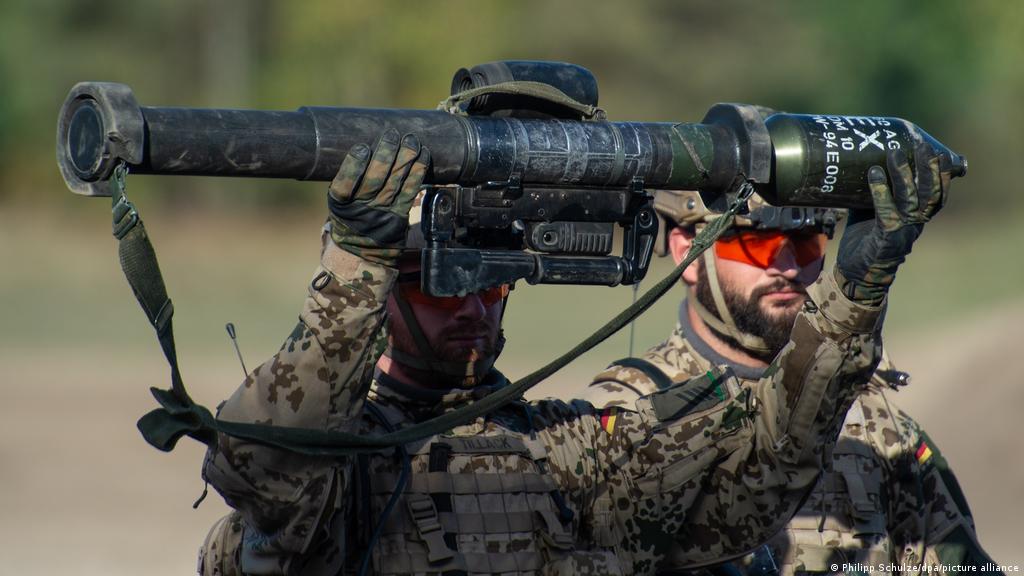
A few vehicles are haphazardly parked at the huge car park in front of the Joshua Nkomo International Airport in Bulawayo. BY MUSA DUBE
The parking lot can accommodate hundreds of vehicles but these days the airport looks deserted.
Only less than 10 cars are in the car park.
Faint sounds of birds can be heard, obviously enjoying the peace and tranquility that now engulfs the area.
One or two groundsmen are seen lazily walking around the spacious yard and from the look of things, they seem not in any hurry in whatever they are doing.
The silence that characterises the area signals that something has definitely gone wrong with the airport.
The airport is currently being upgraded to international standards. According to the Civil Aviation Authorities of Zimbabwe (Caaz), the upgrading is now 98% complete and the official opening is set for year-end.
During a recent tour, airport manager Passmore Dewa said US$25 million had so far been pumped into the upgrading of the facility. The airport, which is now four times bigger than the old one, boasts of having all the facilities that any airport anywhere in the world can have.
- Chamisa under fire over US$120K donation
- Mavhunga puts DeMbare into Chibuku quarterfinals
- Pension funds bet on Cabora Bassa oilfields
- Councils defy govt fire tender directive
Keep Reading
It has hi-tech facilities such as CCTV, access control, a fire alarm system and state-of-the-art telephone system that meets international standards.
In addition to a business lounge, the airport houses offices, shops, bars, banks and the Joshua Nkomo gallery.
Regrettably, however, the state-of-the-art airport is operating at less than 30% capacity.
Analysts said there was an urgent need to map out strategies to save the huge investment from going to waste.
Economist Eric Bloch said the airport used to be a hive of activity with people travelling to various destinations in and outside the country.
“The airport was a business airport and company managers would fly from Harare in the morning and work in Bulawayo before catching the evening plane back to Harare,” said Bloch.
However, the closure of several businesses and industries in Bulawayo over the past few years has hit hard the operations of the airport. The number of tourists visiting the country has “nosedived” in the past few years, negatively affecting business.
Dewa bemoaned the low number of flights landing at the airport. He called on the City of Bulawayo to help market the airport for the benefit of the local authority and the country as a whole.
He said the amount of business did not justify the employment of hundreds of workers at the airport.
“We are just receiving one flight a day, that is the South African Airways’ Bulawayo-to-Johannesburg daily flight. Air Zimbabwe also intends to increase its flight to four times a week,” said Dewa. “That traffic we are receiving is not good because we have about 500 workers here and we don’t want to retrench them.”
Paul Sibanda, another economic commentator, said if nothing was done to increase the airport operational capacity, the infrastructure would become a white elephant.
“There is need to increase the number of planes landing at the airport by attracting low-cost planes that can be used even by low-income earners,” he said.
The upgrading of the airport, named after the late Vice-President Joshua Mqabuko Nkomo, has been going on for almost a decade.
The airport was initially scheduled to be completed in December 2004 but has been dogged by a numerous problems, including funding. It now has the capacity to receive about 1,2 million passengers annually, up from the previous 350 000.
“But I am hopeful that when the United Nations World Tourism Organisation general assembly begins next year, business at the airport will pick up,” said Sibanda. “The arrival of Emirates, KLM and LAM into the market is also going to positively impact business at the airport.”











